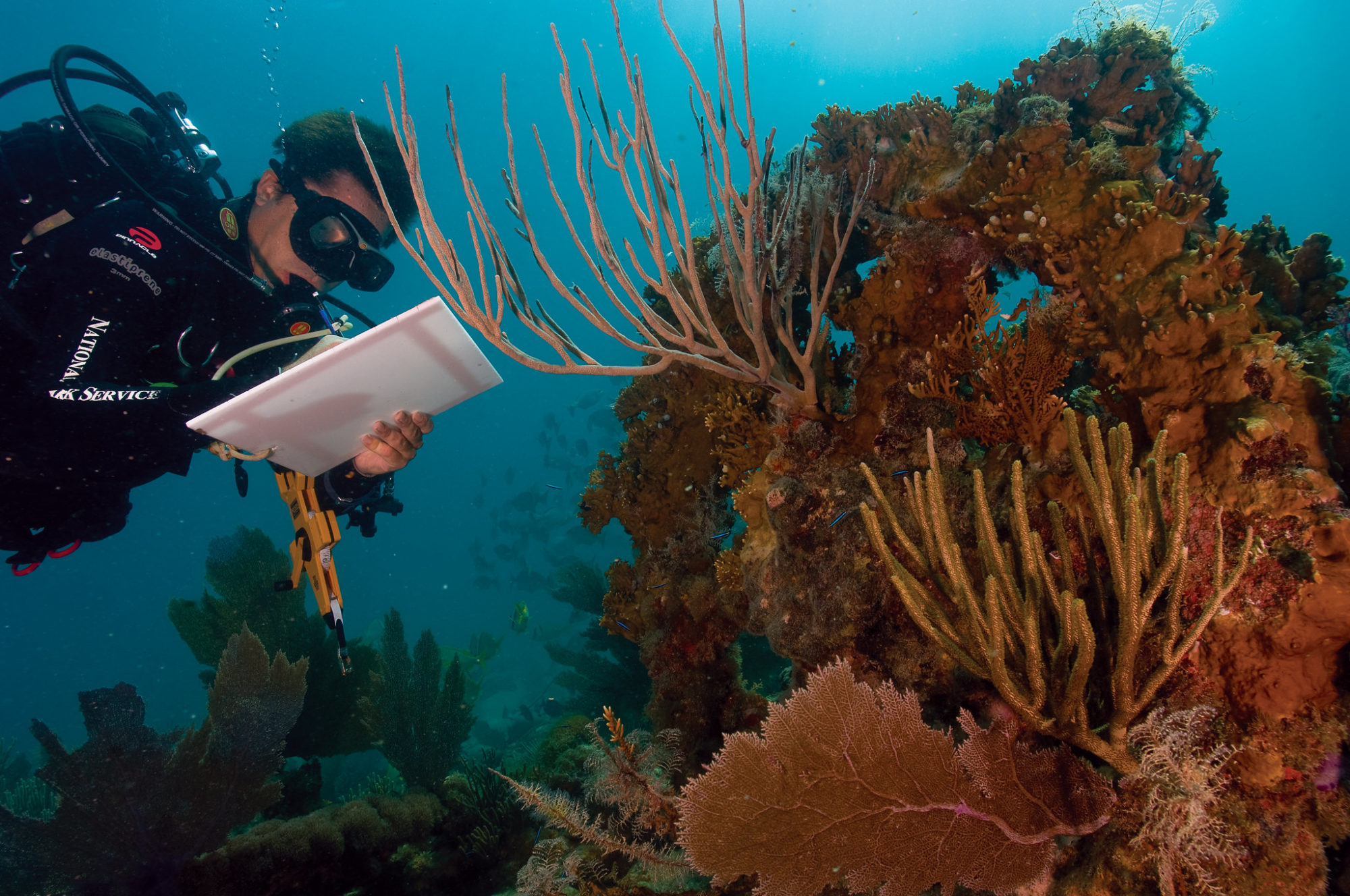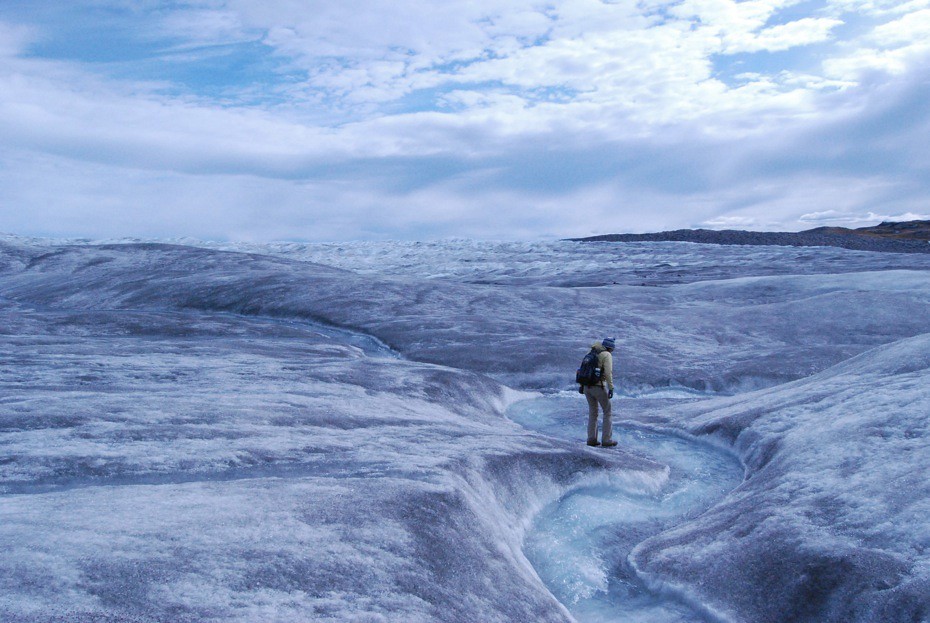Oceans
As a major resource for life on earth and the largest carbon sink found in nature, our oceans will play a significant role in both the reduction of global emissions and adaptation to a changing environment.
Current State of Net Zero Oceans
Oceans are a critical part of our planet’s carbon cycle, storing 50 times more carbon than our atmosphere. However, as greenhouse gas emissions continue to rise, our oceans have hit a saturation point for CO2. Instead of fueling marine life, high levels of CO2 are acidifying our waters, altering biodiversity, and inhibiting the carbon capture potential of our oceans. Reducing emissions globally and acting to reverse these harmful changes are needed to restore the vital resources of our oceans.
“The ocean is essential for all aspects of human well-being and livelihood.” – the Intergovernmental Panel on Climate Change
case studies
Blue Prosperity Coalitions
Blue Prosperity Coalition is a network of marine experts working with Governments to implement 30% marine protection plans.
Marine Science within a net zero framework
This scholarly article explores how marine scientists can support the global net zero movement by advocating for greater change in marine-related activities.
Seafood Carbon Emissions Tool
An interactive resource, the Seafood Carbon Emissions Tool allows users to calculate the CO2 emissions of various seafoods by both overall weight and protein density.
Key Challenges
Many marine ecosystems are already feeling the effects of the climate crisis. Bleached coral reefs and scores of dying fish mark the beginning of a dire situation under water. These changes also impact the many sectors that rely on the ocean, such as fishing, transport, tourism, and energy. While reducing emissions in our atmosphere will help slow the acidification of ocean waters, the collapse of these ecosystems along with melting ice caps and rising sea levels may be nearing a point of no-return. Therefore, decisive action on reaching net zero emissions and protecting marine resources is needed now.



Image of scientist studying coral health in Virgin Islands National Park. Photo Credit: NPS.
Net Zero Innovations for Oceans
Reduce emissions from shipping
Despite being one of the most carbon-efficient modes of fossil-fuel based transport, high volumes of shipping contribute to 11% of global transport emissions (the same percentage of emissions generated by aviation). A crucial part of international trade, the shipping sector is already testing innovations in low-carbon shipping technologies. Ongoing developments in battery and hydrogen-powered ships and ammonia retrofits will help lower shipping emissions and support net zero marine activities.
End overfishing and restore resources
Increase marine carbon capture potential
Net Zero Policy for Oceans
Increase Marine Protected Areas (MPAs)
Marine Protect Areas (MPAs) are selected places in the ocean where human activities are limited (in particular fishing, mining, boating). Protecting these areas allows for ecosystem regrowth and can maximise resource potential for reliant sectors. According to experts, at least 30% of the ocean needs to be strongly protected in MPAs by 2030 to ensure adequate marine health.
Reduce emissions from marine-related sectors
While global emissions reductions are needed to temper ocean acidification and warming sea temperatures, targeting marine-specific activities can benefit both net zero goals and protective ecosystem measures. Implementing low-carbon shipping technologies, reducing fishing, and ending off-shore fossil fuel extraction can help boost efforts to replenish our oceans.



Image of individual standing by ice melt stream in Greenland. Photo Credit: Thomas Neumann, NASA GSFC
Why Net Zero Oceans?
As a natural carbon sink covering 70% of our planet, oceans have immense carbon capture potential. Currently, their storage potential is damaged by the oversaturation of CO2 in our waters and atmosphere. However, by reducing emissions and restoring ocean ecosystems, we can utilise this natural power of our oceans and balance global emissions more effectively.
Adverse changes to our oceans also affect life on land. Around 1.4 billion people live in areas vulnerable to rising sea levels and increased extreme weather events (such as low-lying coastal regions, small islands, high mountain regions, and the Arctic). A large number of indigenous peoples live in these regions, many of which are at-risk of losing resources essential to their communities and cultures